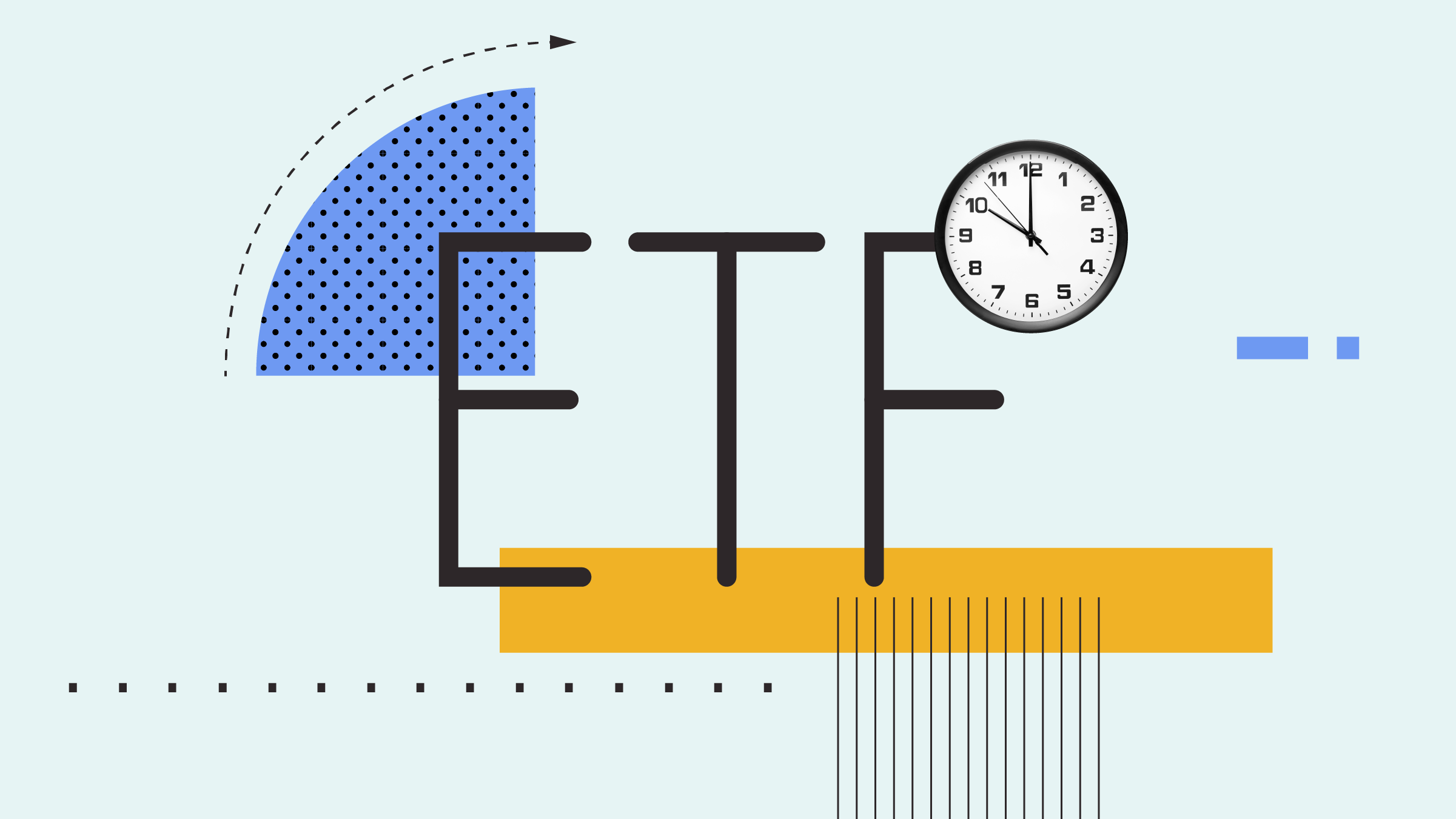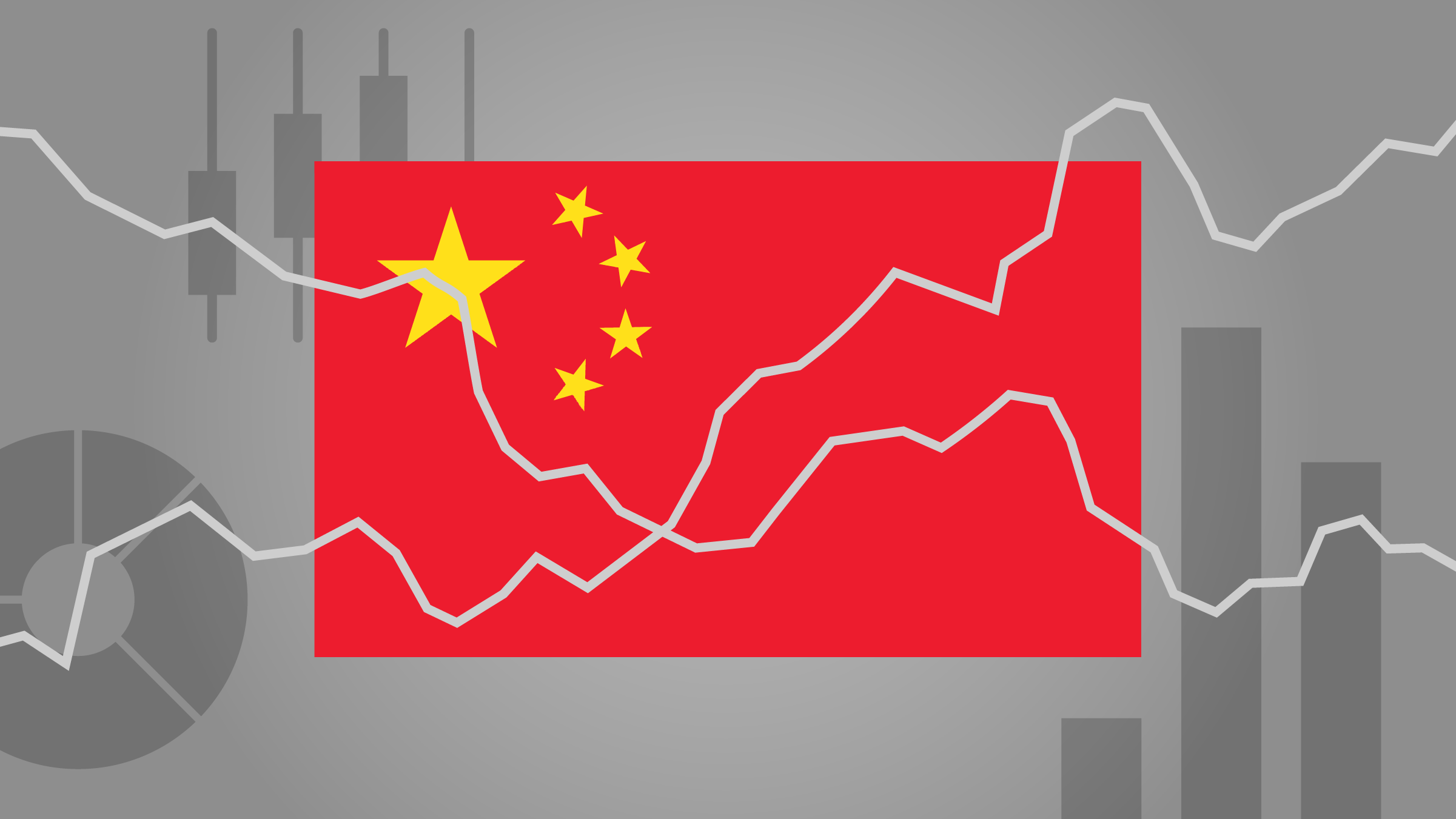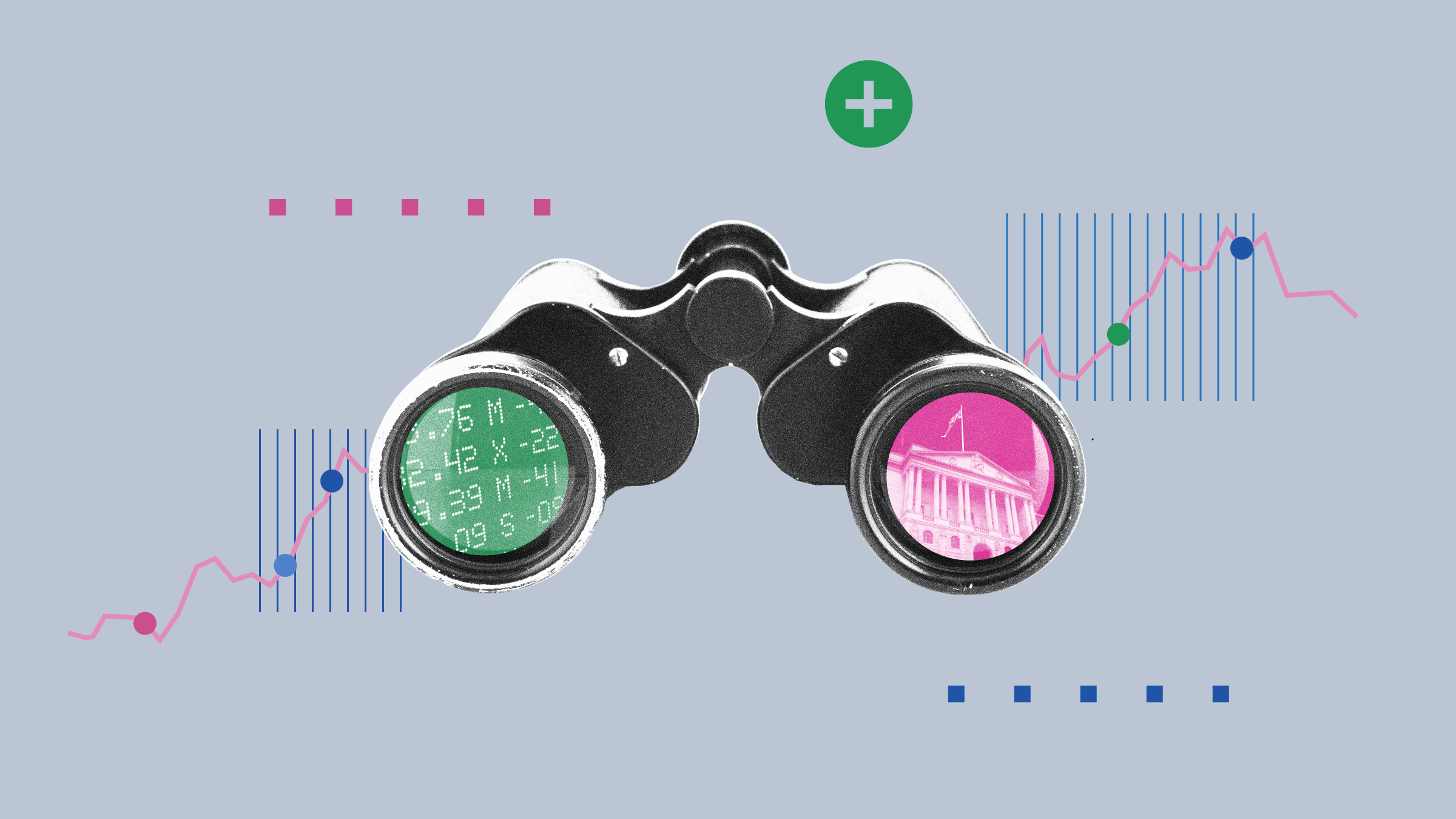Neil Woodford, the star fund manager who set up his own investment company earlier this year, may be an unlikely standard bearer for low-cost passive funds. In a recent interview he claimed fund managers are paid too much as many are effectively just running ‘closet trackers’.
This is not a new problem. For more than a decade there have been concerns about the number of active managers who stick too closely too their benchmark index, often because a significant deviation could cost them their jobs, and charge a typical fee or around 0.75% for doing so. In contrast, a passive ‘tracker’ fund or ETF—costing as little as 0.1%—will mirror its relevant benchmark far more accurately.
As an active fund manager, Woodford isn’t saying that all investors should be in passive funds. But his words could further fuel sales of these funds. Such comments come at a time when sales of passive funds continue to gain strength, with tracker funds now accounting for 10% of funds under management in the UK.
This figure has increased significantly since the start of RDR, the government’s initiative to improve transparency and reduce costs in the investment industry, but it underestimates the total invested in passive funds as it does not include either sales of ETFs or money invested via pensions.
In recent years much of the discussion around trackers has been framed as a binary argument: active versus passive management. For passive supporters the killer argument is cost, while on the active side it is performance.
Morningstar has been arguing against such a binary view for years and finally this debate is opening up. Cost and performance are both still key factors, but rather than being used to take pot shots at the opposing side, the guns are being turned on the funds that fail on both counts.
As Woodford pointed out there’s a nebulous middle-ground of funds that charge an active fee for what is essentially passive performance, because they are only aiming to beat their benchmark by a small margin. They may be lucrative for the industry but are damaging investors’ interests.
Other advisers agree with his assessment. Laith Khalaf of Hargreaves Lansdown says: “I don’t think investors should be dogmatic about whether to use passive or active funds: both are a tool in their armoury. “There are markets, such as the US, where the passive approach works best. Conversely in the equity income and absolute return sectors we favour a more active approach,”
Whatever style you chose it is critical to get the best deal on both. This means driving down costs on passive funds, and ensuring active funds are truly active and have the potential to outperform. For investors the first part of this is far easier to achieve: fund costs are clear, comparable and largely predictable. In contrast, assessing a fund manager’s performance is more difficult. A manager’s performance cannot be viewed in isolation; it has to be viewed in relation to peers and compared against wider stock market movements. It is of course not a reliable predictor of future returns.
Morningstar analysts consider both performance and price when rating funds, in addition to three other ‘pillars’: People (the fund manager); Parent (the ethos and proven history of the manager’s employer); Process (the rules and investment style employed by the manager and analysts behind the fund); Performance (relative to the Morningstar category benchmark); and Price (annual management fee and ongoing charges). The resultant Analyst Ratings range from Gold, Silver and Bronze—indicating funds that have the potential to outperform their peers to varying degrees, to Neutral and even Negative.
When it comes to identifying the ‘closet trackers’, Khalaf says the prime candidates are often large funds run by banks and insurers. “Many are not designed to take too much risk compared to the index, and this inevitably means similar performance, minus the fees.”
This can generate a vicious circle: lacklustre performance means they don’t attract new investors. If existing investors haven’t jumped yet, they are probably not likely to do so, so there is little incentive for the fund provider to either cut costs or invest resources improving performance.
Investors—often in conjunction with their advisers—should be examining their existing holdings more carefully, and making the most of online tools and information to do so. If you own an actively-managed UK equity fund, compare its performance to that of the FTSE All Share index over the past five years. If your fund has performed remarkably similar then the chances are you have a closet tracker, and you could save yourself significant sums by simply transferring to a low-cost UK equity tracker or ETF instead.
Morningstar’s Star Ratings for funds measure exactly this—they indicate how a fund has out- or under-performed its category over three, five or 10 years. A 5-star rating indicates a fund that has come in the top quintile against competitors investing in the same area, while a 1-star rating represents consistent underperformance against peers.
A combination of regulatory pressure and more savvy consumers should see fund costs further driven down. Growing businesses profitably may continue to be a challenge for the fund management industry.
But these ‘closet trackers’ present a real opportunity. As more in the passive fund market, including Morningstar, stick their heads above the parapet and name and shame the funds that are delivering similar returns for a significantly larger fee, the industry should be able to steer change.
At the same time, managers who believe they can deliver real value should follow Neil Woodford’s lead and further highlight this issue. If both can cannibalise these moribund ‘closet trackers’ it should be good news for investors and the industry alike.





























